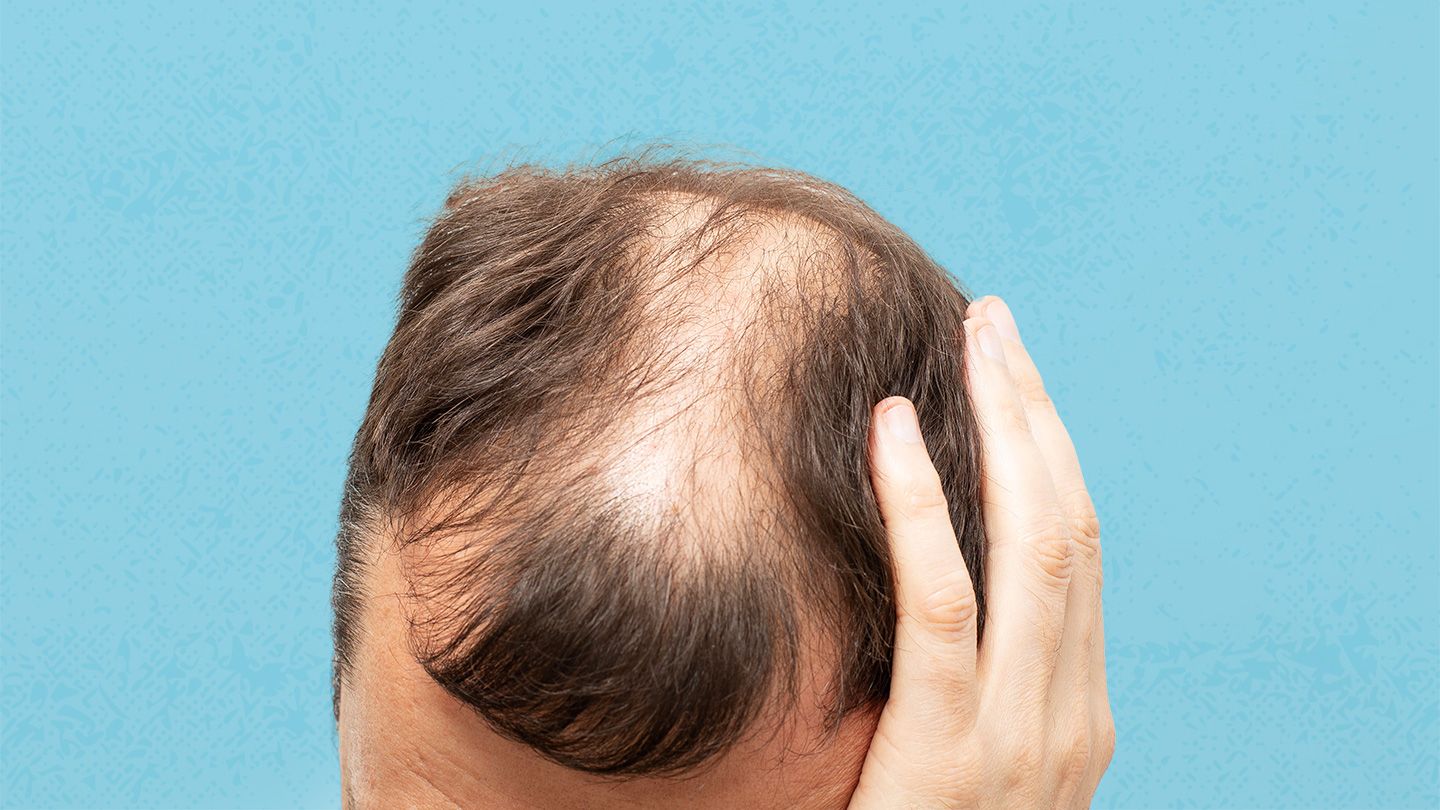Male androgenetic alopecia is among the most common causes of male baldness. It
affects 30%-50% of men by the age of 50. It affects the majority of
males above the age of 50. However, the severity of the condition varies significantly, and significant thinning of the hairline occurs in a much smaller number of cases. The condition causes hair thinning, making the hairline move further back, causing typical male pattern baldness.
The two main identified causes of the condition are genetics and sensitivity to androgens. Sensitivity to androgens may occur even if a man has normal androgen levels.
The condition is not life-threatening, but it has severe consequences for mental health, and it reduces self-esteem. It may also have a negative influence on relationships.
Since the condition causes irreversible hair loss or baldness in many, the surgical approach remains the only hair loss treatments for men in such cases. Since hair loss mainly affects the top and the front side, the back side of the patient's head serves as a donor area.
Some of the surgical male pattern baldness solutions to male androgenetic alopecia are:
This method is also called
strip harvesting and involves removing the strip of scalp from the donor area, that is, from the back of the head, and then it is dissected into smaller or individual follicular units for transplantation. Each follicular unit may contain a few hairs, like one to four.
This method has some benefits, like shaving off the patient is not needed. It also allows moving a large number of grafts, and thus, this method is relatively faster. It is also among the most cost-effective hair transplant methods.
This is yet another hair transplant method, and unlike FUT, in FUE, individual follicular units are harvested using a punch tool. Unlike FUT, which leaves linear scars, it leaves typical dot-like scars. This method is preferred by many due to faster recovery. However, this procedure is more time-consuming and, thus, has a higher cost relative to FUT.
The two most popular hair transplant methods are given above. However, newer techniques are also emerging, such as robotic hair transplants. Since FUE is very labor intensive, robots may help reduce the costs for the patients.
There are other surgical methods for the condition that are less commonly used these days, like scalp reduction surgery, which involves removing the bald scalp and stretching the hair-bearing area to improve the hairline. Similarly, the scalp flaps method, which involves taking a large hair-bearing area and transplanting, may be used. However, both these methods are uncommonly used hair loss solutions for men, as both are highly invasive.



